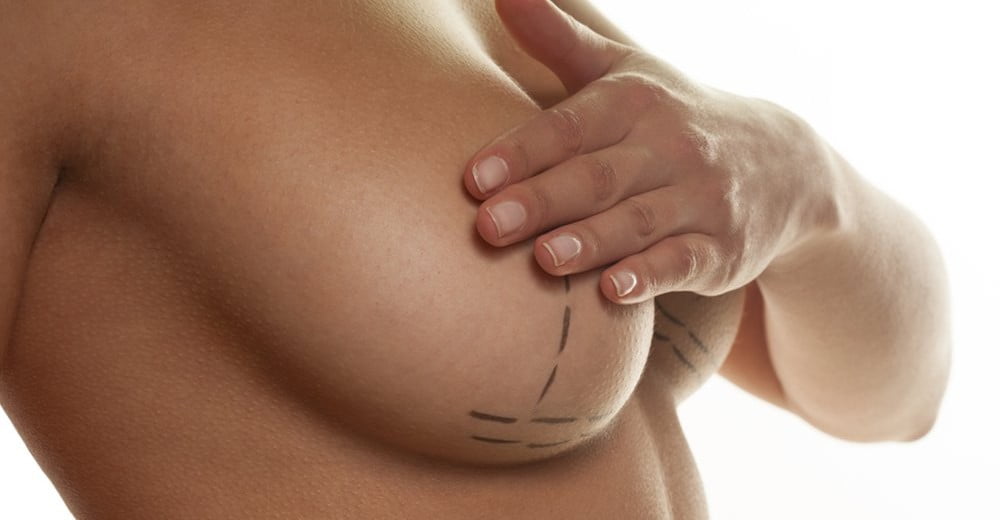Who? Patients developing capsular contracture, breast implant rupture or patient preference.
Capsular contracture (CC) is scar contraction around the patient’s breast implants deforming their shape and size. A small percentage of patients will develop pain as a result of the CC. Implant rupture is often “silent” and detected incidentally when performing ultrasound, CT or MRI for investigation of CC or for some other reason. Finally patients may simply elect to change the size of their breast implants (bigger or smaller).
What is involved? Removing the breast implants and any free silicone, in addition to the scar capsule surrounding the breast implants.
Decisions? New breast implant variables (size, shape, covering and contents) and new pocket location.
Breast implant variables determine the characteristics of the breast implant. Revision breast augmentation allows the patient to change size of their breast implants. It is relatively easy to go bigger, but more difficult to go smaller. The supple tissues of younger patients will recoil around a smaller breast implant in a cosmetically appealing way, while the breast tissue of older patients is less elastic often necessitating a concurrent breast lift. Choices of shape are round vs anatomic (teardrop). Round breast implants give a fuller upper pole creating a fuller cleavage, while the shape of anatomic breast implants mimics that of a natural breast. The shell may be silicone (textured or smooth) or polyurethane. Both textured silicone and polyurethane shells reduce the risk of CC. Most breast implants in Australia contain silicone, which has a consistency much like Turkish delight in so far as is does not ooze out of the shell, should the implant rupture. Saline breast implants remain more common than silicone ones in the USA, but this may change with the lifting of the FDA moratorium on silicone breast implants. A new breast implant pocket location is particularly important for a patient having revision surgery for CC. Less scar formation is seen around breast implants placed in the submuscular compared to the subglandular position.
Whatever combination of variables the patient and surgeon end up deciding on, they should be aimed at minimising capsular contracture, while producing a natural looking result.

